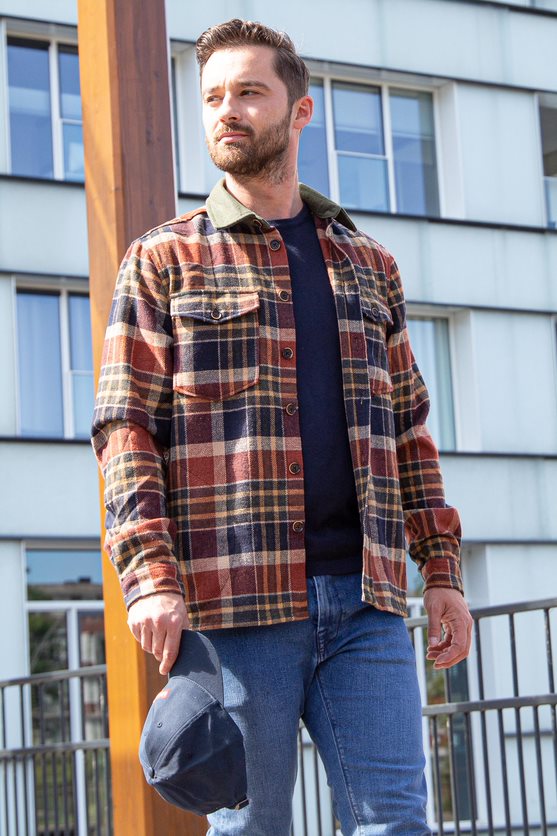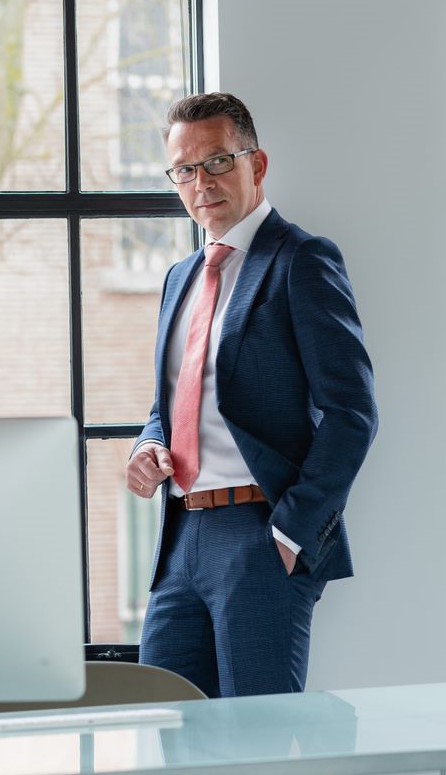Are you starting a new job? Congratulations! Chances are you’ve already thought about your office outfit. But what suits you best?
No matter what position you have, dressing representatively is still essential. After all, you not only want to make a well-groomed impression on your colleagues but certainly also on customers. Yet the term “office attire” has become more flexible. Dress codes vary considerably by industry, region, and company. In addition, there are many choices when it comes to business attire. In this article, we will help you find your way to office attire that will make you look confident.
What exactly is an office outfit?
Simply put, an office outfit consists of garments you wear specifically for work. Yet it is not a work outfit like a uniform because you can wear your business attire just fine outside the office. The primary function of office attire is the representativeness of the organization through the employee. Here immediately comes the point of discussion. Whereas men used to appear at the office in a (three-piece) suit by default, nowadays there is more room to show your personal taste. Usually, though, this is within established frameworks.
What style of clothing suits you best?
But what do you wear? That depends on your expectations about you and your position. By the way, this is a great topic to discuss during your job application or induction! Still, it is mostly a matter of feelings. For example, you will dress formally when you regularly visit clients or welcome visitors. In addition, you can take an example from your immediate colleagues; what do they wear and what combinations are popular on the work floor? Roughly speaking, you can divide men’s office outfits into the following styles:
Casual
In some start-ups and industries, it is not customary to come to the office in business attire. The maxim then is: casual but well-groomed. You won’t hear anyone complaining as long as your clothes are clean and well maintained. This means that your outfit has no holes, loose threads and (intentional) scuffs. So at this type of organization, it is no problem to pair a pair of rugged jeans with a T-shirt and sneakers.
Smart casual
This is a relaxed style where you combine casual clothes with some business elements. For example, men wear stylish jeans with a polo shirt or pullover. In addition, you can choose to wear neat sneakers underneath. However, think about textures and colors; you don’t want to give the impression that you just pulled something out of your closet.
Business casual
This is a business dress style that is less formal in nature. For example, you don’t wear a tie and even undo the top button of your button-down shirt. Jeans are not done, so chinos are an excellent alternative. You can also opt for a smooth sports jacket. It is not advisable to wear wide or loose clothing. In addition, swap your sneakers for neat shoes.
Business professional
This is a more formal way of dressing than business casual. For example, you are expected to wear a tie with pants and a matching jacket. In addition, the colors are more subdued and less bright. The shirt is usually a light color, mainly white or light blue. Try coordinating color tones (for example, dark blue with light blue) for best results. With this, wear polished men’s shoes.
Business formal
This is the most formal style of dress and common at law firms and in the financial sector. In these organizations, men usually wear a dark suit with light-colored shirt and sometimes a vest. Still, you have freedom of choice. For example, subtle lines and patterns are not uncommon. In addition, you can perfectly combine neutral colors such as blue, brown and gray with pastel colors. Ideal for stylish accessories such as ties and pocket squares.
The do’s and dont’s of office outfits for men
You’ve chosen an office outfit that suits you perfectly. Nice! Of course, you will continue to shape your business attire yourself. An outfit is not static; it changes with you and the occasion you dress for. Stick to who you are as a person. People will immediately notice when you wear something you are not comfortable in. Still, there are aspects you should keep in mind always to leave a good impression:
- Choose a fit that suits your physique
Nothing is more annoying than being in clothes that are too roomy or pinching all day. So take the time to choose the right fit. Not only is it more comfortable, it also benefits your appearance. For example, there are extra long-sleeved shirts for tall men - Make sure your clothes are wrinkle-free
You can have it ironed or dry-cleaned, but you save time and money with ironing-free shirts. These shirts are treated so that your body’s heat gradually makes creases disappear. Ideal when you are regularly on the road or traveling! - Don’t overdo it with accessories
Accessories complete your office outfit, but it’s important to balance them out. A watch paired with cufflinks looks stylish, but ensure not to add too much detail as it will be distracting. - Pay close attention to your color palette
No matter what dress code applies, an office outfit stands or falls with color combinations. So think carefully about colors that complement each other. For example, make sure the color of your belt matches your shoes. - Be prepared for summer
In summer, it is nice to wear airy clothes, such as a linen suit or a short-sleeved shirt. Many employers do not allow you to appear in shorts. If they do, keep the length to just above the knee.






